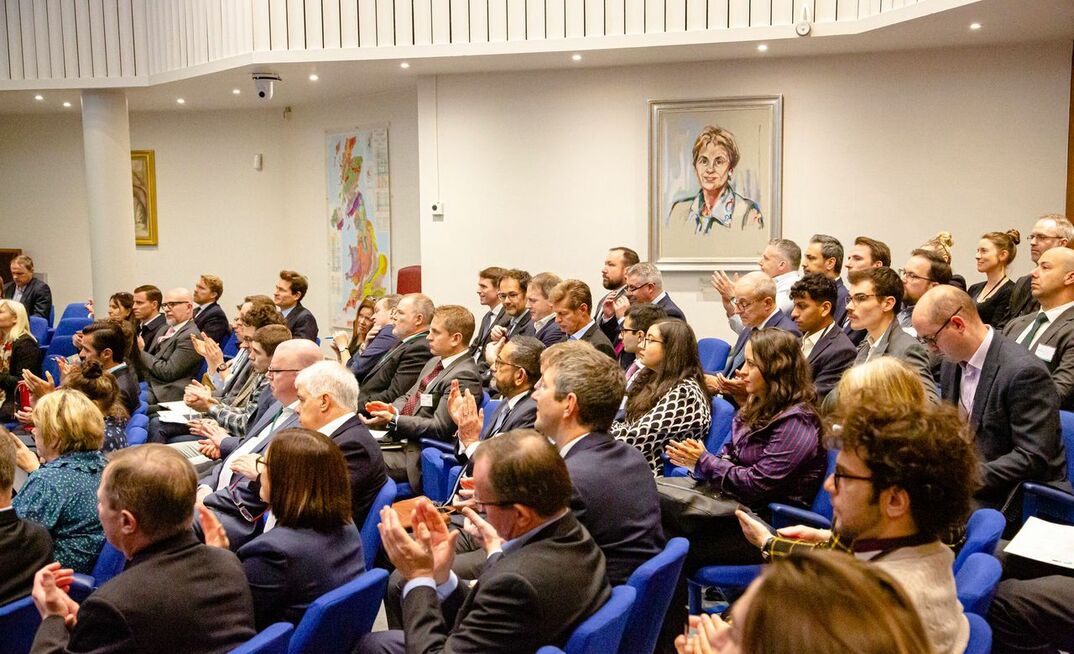Suzanne Shaw, head of Energy Transition and Battery Raw Metals at Wood Mackenzie, told the third annual Critical Minerals Association Conference in London this week that a supply deficit for several transition minerals could start in earnest as early as 2027.
Battery feedstock will account for 98% of lithium demand by then, according to figures presented by Shaw, and 70%, 66%, and 52%, respectively, for cobalt, nickel, and graphite.
China's dominance in battery mineral supply chains will become increasingly pronounced, she warned, particularly in the downstream area of minerals processing, due to the country's leading knowledge base.
While 74% of the world's graphite is mined in China, on the processing front, over 67% of lithium, 74% of cobalt, 84% of nickel, 52% of synthetic graphite, and 76% of manganese are refined in China.
While the battery manufacturing chain is complex in its geography, and in the number of processes and companies involved, "China is really dominant in pretty much all of the supply chain," said Shaw.
"If you look at a map of producers at all the different stages of the supply chain, from the battery anode side to the raw materials from the graphite side, it is all very integrated but not just from an end-user to raw material perspective. It comes from all over," said Shaw.
Moving downstream
In recent years, China has also risen higher up the battery value chain, and is far from just being the world's refiner anymore.
As of 2022, China produced 82% of the world's supply of precursors, 74% of cathodes, and 79% of lithium-ion cells. It also accounted for 59% of global EV sales.
But as the country's focus moves away from exploration and raw material production and towards downstream activities such as processing, manufacturing, and distributing, Shaw said there may be an opportunity for the West to establish independent supply chains for upstream operations.
"The situation is changing naturally. China's labour is becoming more expensive, and it itself is looking to produce downstream, higher-value products and is looking at producing (upstream) more in Africa," said Shaw.
Recycling options
Recycling could be an avenue that helps meet sustainability concerns and a certain level of demand, she claimed.
Many electronic devices, batteries, and industrial components contain significant amounts of critical minerals. Effective recycling practices can repurpose these minerals for second use. This would alleviate pressure on finite natural resources.
Although recycling offers a potential answer, it is currently not employed at a large scale anywhere in the world.
"[Recycling] is an area where perhaps China is not dominating in most of the supply chain... We [The West] have a chance to get on board with recycling. And I think it's one area where there may be an interesting future," said Shaw.
However, the IEA estimates that even by 2040, secondary production from recycled minerals could account for up to just 12% of total supply requirements for cobalt, around 7% for nickel, and 5% for lithium and copper. The projected contribution of reused batteries is smaller, reaching only 1-2% of total supply requirements for each mineral in 2040.
Brain drained
Shaw said that the West has an opening in the recycling space as it is the one area where China's knowledge base is relatively limited.
"Recycling is new... and new supply chains are being encouraged elsewhere. So as we go into the future, recycling (will be important)."
"We don't necessarily want to have mines in our backyard. But we don't want them in China, and we want to establish sustainable supply chains. So we are facing some big geopolitical questions right now."

























